míngzhēn 铭箴
Epigraph and Maxim
古代文体名称,是用来针砭过失、褒扬美德并启发哲思的短文。“铭”指铭文,是刻在器物上用以记功颂德的短文,其载体的神圣性及其垂范后世的意图决定了铭文要有宏大格局和雍容气度。“箴”指箴言,是用以规谏劝诫的警语。“箴”的本义是防治疾病的针石,因此有防范过失的含义。“铭”和“箴”都有警示、激励、扬善戒恶的功能,南朝刘勰(465?—520)认为,这两种文体的共同处在于,所选事例要确切可靠,所说道理要经得起推敲,行文要做到简明而意义深远。
These were two types of writing in ancient times aimed at criticizing errors, upholding virtue, and inspiring philosophical thought. Ming (铭), meaning epigraph, is a brief account of merits and virtues inscribed on a vessel. Its sacredness and exemplary nature means such writing should be aspirational and visionary. Zhen (箴), meaning maxim, on the other hand, is intended to admonish or warn. In Chinese, it is pronounced as zhen, meaning an acupuncture needle, a traditional device for preventing or curing disease. Therefore, a zhen, should perform the role of preventing an error. Both ming or an epigraph and zhen or a maxim aim to admonish people against evildoing, promote virtue and punish vice. In the view of Liu Xie (465?-520) of the Southern Dynasties, both types of writing should offer true and reliable information and convincing arguments and be succinct in wording and profound in significance.
引例 Citations:
◎故铭者,名也,观器必也正名,审用贵乎盛德。(《文心雕龙·铭箴》)
(所以“铭”就是命名,观察器物必须据其实质确定名称,审视功用重在增进美好的德行。)
Thus, ming, meaning “inscription” here is equivalent to appellation. When examining a utensil or an artifact, one should name it on the basis of its nature. The purpose of such scrutiny is to promote moral behavior. (Liu Xie: The Literary Mind and the Carving of Dragons)
◎箴者,针也,所以攻疾防患,喻针石也。(刘勰《文心雕龙·铭箴》)
(箴,就是针刺,用来批评过错、防止祸患发生的文辞好比治病的石针。)
Zhen here means to perform acupuncture for a curative effect. To offer a maxim is, like using an acupuncture needle, to criticize wrongdoing to prevent a disaster. (Liu Xie: The Literary Mind and the Carving of Dragons)
◎夫箴诵于官,铭题于器,名目虽异,而警戒实同。箴全御过,故文资确切;铭兼褒赞,故体贵弘润。其取事也必核以辨,其摛(chī)文也必简而深,此其大要也。(刘勰《文心雕龙·铭箴》)
(箴言是官员在君王面前讽诵的,铭文则是题刻在器物上的,二者的名称虽然不同,但用于警诫其实是一样的。箴言的作用在于防范过失,所以行文要依靠事实、表达要确切;铭文兼有褒扬赞美的作用,因此贵在格局宏大、文字温润。它们所选取的事例都必须可靠,经得起推敲,行文一定简明而意义深远,这是写作箴言与铭文的基本要求。)
Zhen, or maxim, is cited by an official to advise the emperor face to face, whereas ming, or epigraph, is inscribed on a vessel. Although different in name, they both perform a function of admonition. Zhen is used mainly to prevent an error, so it should rely on factual presentation and be precise in wording. Ming, on the other hand, also commends fine deeds, so it should be profuse and elegant in style. All the instances cited should be perfectly reliable and can stand up to close scrutiny. They should be concise and exert a profound social influence. These are the basic rules for writing ming or zhen. (Liu Xie: The Literary Mind and the Carving of Dragons)








